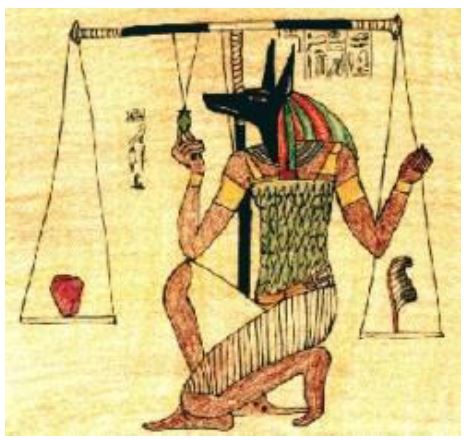„How much? So much”
Chapters from the history of measurement and measurement technique
Keywords:
Bacon, csillagászat, Galilei, groma, homokóra, időmérés, inga, lencse, mérés, napóra, navigálás, Nonius, segédskála, súlymérés, szögmérés, távcső, térfogat mérés, terület mérés, toronyóra, Vernier, vízóra.Abstract
The question word "how much" has accompanied human history from its beginnings to the present day. Already the caveman assessed the prey taken, somehow wondering if the captured prey would be enough, since the family is large... Slowly a need began to emerge to measure and measure how much, that is, to see its greatness and relativity. But this does not only apply to material goods, because the sense and concept of time will appear, which is now the most important pillar of the disciplines
References
John M. Roberts: A történelem előtt a korai civilizációk; 1999.; Officina Nova
John D. Bernal prof.: Science in History (Tudomány és történelem, Gondolat kiadó, 1963)
Otto Neugebauer: Egzakt tudományok az ókorban; 1984.; Gondolat Kiadó
Michael Roaf: A Mezopotámiai világ atlasza; 1998.; Helikon Kiadó- Magyar Könyvklub
Teres Ágoston: Biblia és asztronómia; 1999.; Springer Orvosi Kiadó
Joachim Herrmann: SH atlasz Csillagászat; 1994.; Springer Hungarica Kiadó
A Meteor 2002/7-8. számában megjelent cikk másodközlése.
„De aquaeductu urbis Romae” (Cambridge University Press , 2004)
David Wootton prof.: Az egek kémlelője - Galileo Galilei élete (Yale University Press/General Press Kiadó, 2014)
Khalisi, E. (2020). The solar eclipses of the pharaoh Akhenaten. arXiv preprint arXiv:2004.12952.
https://plato.stanford.edu/archIves/sum2020/entries/galileo/
Magli, G. (2023). Satellite-Aided Analysis of the Position of the Sun Temples and the Dynastic History of the Vth Egyptian Dynasty. Heritage, 6(11), 7156-7169.

Downloads
Published
Issue
Section
License
Copyright (c) 2024 Bánki Közlemények (Bánki Reports)

This work is licensed under a Creative Commons Attribution-NonCommercial-NoDerivatives 4.0 International License.
Bánki Közlemények is loyal to open access for academic work. All the original articles and review papers published in this journal are free to access immediately from the date of publication. We don’t charge any fees for any reader to download articles and reviews for their own scholarly use.
The Bánki Közlemények also operates under the Creative Commons Licence CC-BY-NC-ND. This allows for the reproduction of articles, free of charge, for non-commercial use only and with the appropriate citation information. All authors publishing with the Bánki Közlemények accept these as the terms of publication.

